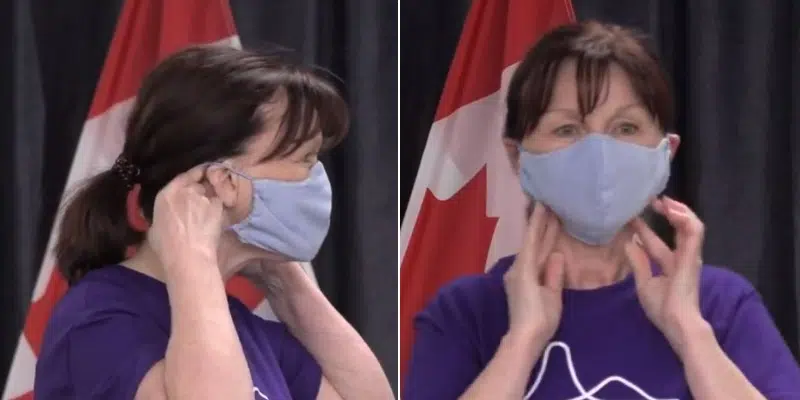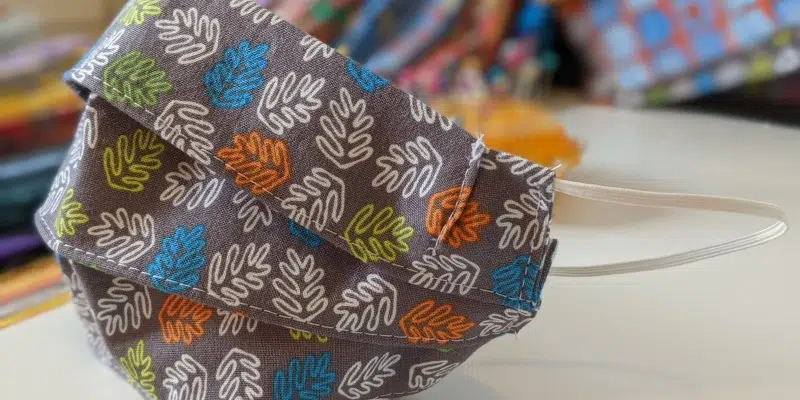The Family and Community Supports Officer with the Autism Society says wearing a mask out in public every day isn’t as simple for some as it is for others.
After both Chief Public Health Officer Dr. Teresa Tam and Dr. Janice Fitzgerald encouraged Canadians to wear a non-medical mask while in public, more people have been wearing masks when out and about.
Sarah White says for some living with autism, wearing a mask automatically increases anxiety.
White says adding a mask is another change in routine on top of no longer having school, daycare, and early intervention services.
Now, she says there is a new social norm where wearing a mask is expected, when before people were never allowed to enter stores wearing masks with their faces covered.

That’s a new norm that individuals with autism need to learn and poses as a challenge for families, says White.
She shined a light on the fact that those on the spectrum work very hard to communicate, socialize, and understand those social norms.
Now, she says they’re no longer able to see people’s faces and read their facial expressions, which can also increase anxiety along with restricting breathing.

(Demonstration of how to wear a non-medical face mask, presented during a provincial COVID-19 update.)
White explains there is a sensory component to the diagnosis, meaning those on the spectrum may be hyper- or hypo-sensitive to any one of the senses. For example, the texture of the mask or the elastic over the ears may be uncomfortable.
There are a number of things they can do to help with that transition.
White says that may consist of using a specific material, or allowing the person to take part in designing the mask, and to help explain the need for it.























